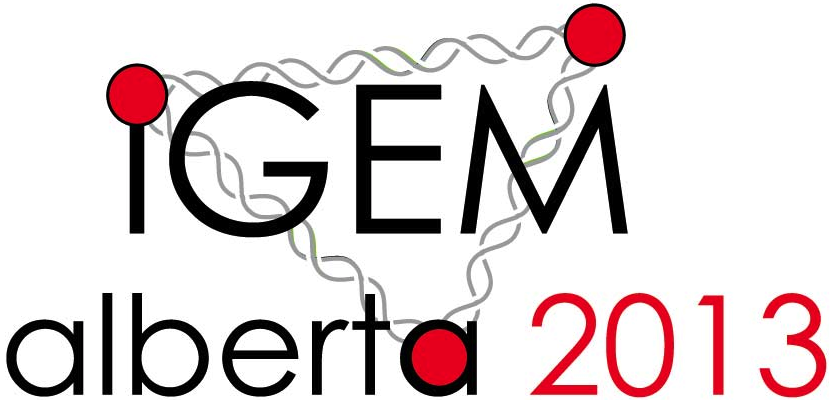Team:Alberta/Resources
From 2013.igem.org
(Difference between revisions)
| Line 395: | Line 395: | ||
<div class="titlebar"> | <div class="titlebar"> | ||
<br> | <br> | ||
| - | + | <img src="/wiki/images/4/41/Ab_mapmen_title.png" width="600" height="95"></img><img src="/wiki/images/a/a5/2013-igem-logo.png" width="198" height="95"></img> | |
| - | + | ||
| - | + | ||
| - | + | ||
| - | + | ||
</div> | </div> | ||
<div class="bin"> | <div class="bin"> | ||
Revision as of 03:22, 29 October 2013
Resources
- To other University of Alberta students: the Environmental Health and Safety Division provides
safety support on common safety questions and situations, as well as documents on proper
disposal.
- See their homepage at: http://www.ehs.ualberta.ca/
- Ethidium bromide disposal suggestions at: http://www.ehs.ualberta.ca/EHSDivisions/~/media/Environmental%20Health%20and%20Safety/ Documents/Chemical%20Safety/FactSheet_Ethidium_Bromide_-_2011.pdf.
- To general students on a study break:
- See this basic and humourous not-to-do video (which was shown in University of Alberta’s EHS Biosafety Course): “Lab Unsafety and Septic Technique” by Jayson Masaki below or at http://www.youtube.com/watch?v=5aDLV0UHyNE
- For students not yet familiar with iGEM nor their recommended guidelines:
- The World Health Organization gives a comprehensive guidebook for safety in labs at:
http://www.who.int/csr/resources/publications/biosafety/Biosafety7.pdf
(Reference: Laboratory Biosafety Manual. 2001. World Health Organization. Retrieved August 9, 2013, from http://www.who.int/csr/resources/publications/biosafety/Biosafety7.pdf)
- The World Health Organization gives a comprehensive guidebook for safety in labs at:
http://www.who.int/csr/resources/publications/biosafety/Biosafety7.pdf
 "
"


